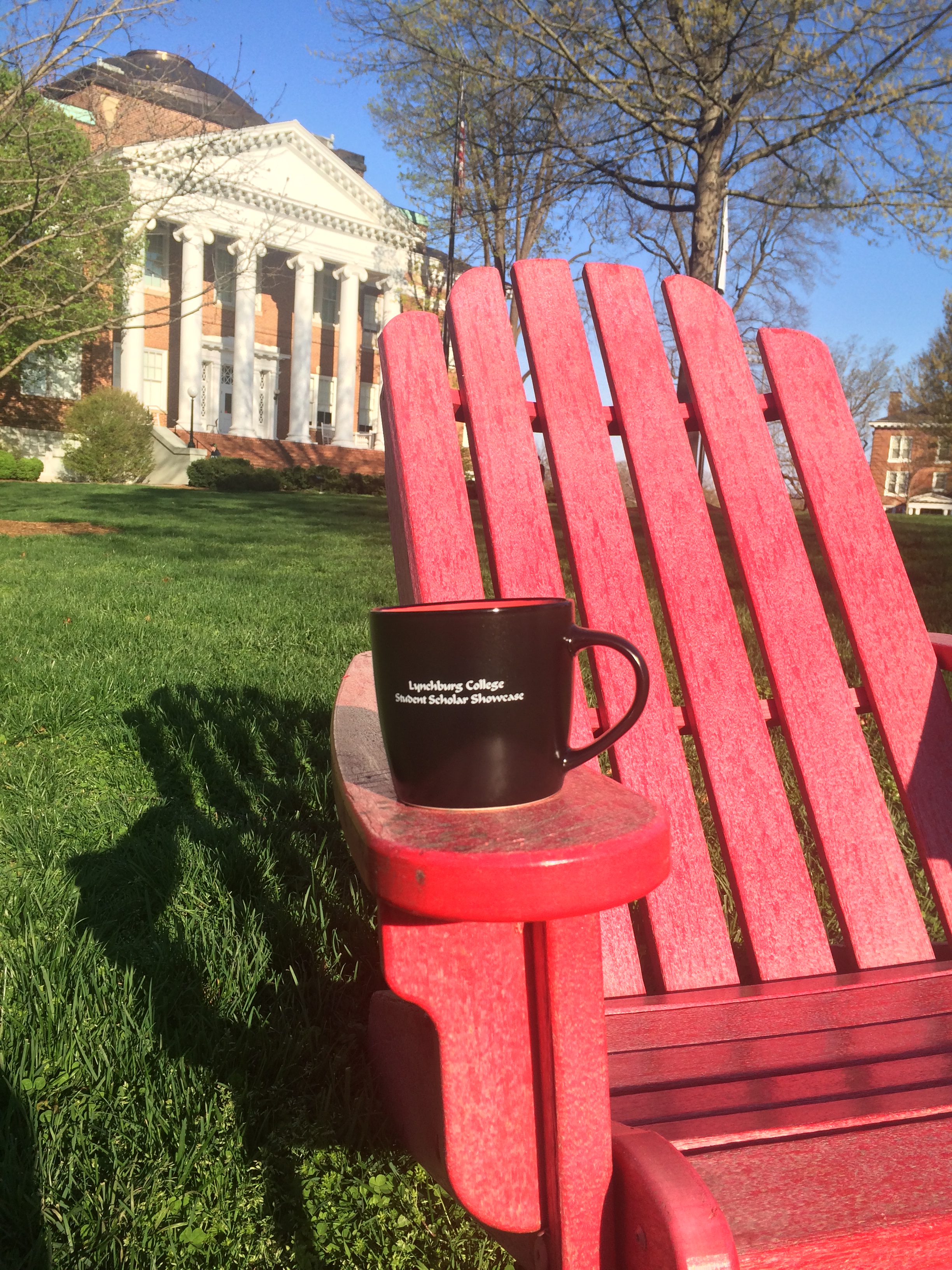
Cell Phone Microbiome
Access Type
Campus Access Only
Entry Number
39
Start Date
4-5-2017 12:00 PM
End Date
4-5-2017 1:00 PM
Department
Biology
Abstract
In society today, people have their phones with them everywhere they go. Little do they know, phones pick up bacteria from the surface contact throughout their travels. The purpose of this study was to determine if phones carry similar microorganisms picked up from their owners. Microorganisms were isolated from the fronts and backs of cell phones of individuals on the campus of Lynchburg College in Virginia. Sixteen representative strains were chosen for culturing and further analysis. Gram staining, a technique commonly used to distinguish bacterial strains, was performed on each of the strains; fourteen tested Gram positive, indicating they have a thicker peptidoglycan layer in their cell wall. A variety of target-specific biochemical tests followed in an effort to determine the identity of the strains and conduct a comparative analysis using researched information about the makeup of the human microbiome. For the final and definitive step of the identification process, three randomly selected samples were chosen for 16S rRNA sequencing. Our data will allow us to determine if there is a significant overlap between microorganisms found on cell phones and those that are known to inhabit the human microbiome. The human microbiome consist of trillions of cells and only about 1,000 of those cells are human cells. The remaining cells are an array of cells that come from the constant interaction humans have with their environment.
Primary Faculty Mentor(s)
Dr. Christine Terry
Cell Phone Microbiome
In society today, people have their phones with them everywhere they go. Little do they know, phones pick up bacteria from the surface contact throughout their travels. The purpose of this study was to determine if phones carry similar microorganisms picked up from their owners. Microorganisms were isolated from the fronts and backs of cell phones of individuals on the campus of Lynchburg College in Virginia. Sixteen representative strains were chosen for culturing and further analysis. Gram staining, a technique commonly used to distinguish bacterial strains, was performed on each of the strains; fourteen tested Gram positive, indicating they have a thicker peptidoglycan layer in their cell wall. A variety of target-specific biochemical tests followed in an effort to determine the identity of the strains and conduct a comparative analysis using researched information about the makeup of the human microbiome. For the final and definitive step of the identification process, three randomly selected samples were chosen for 16S rRNA sequencing. Our data will allow us to determine if there is a significant overlap between microorganisms found on cell phones and those that are known to inhabit the human microbiome. The human microbiome consist of trillions of cells and only about 1,000 of those cells are human cells. The remaining cells are an array of cells that come from the constant interaction humans have with their environment.

